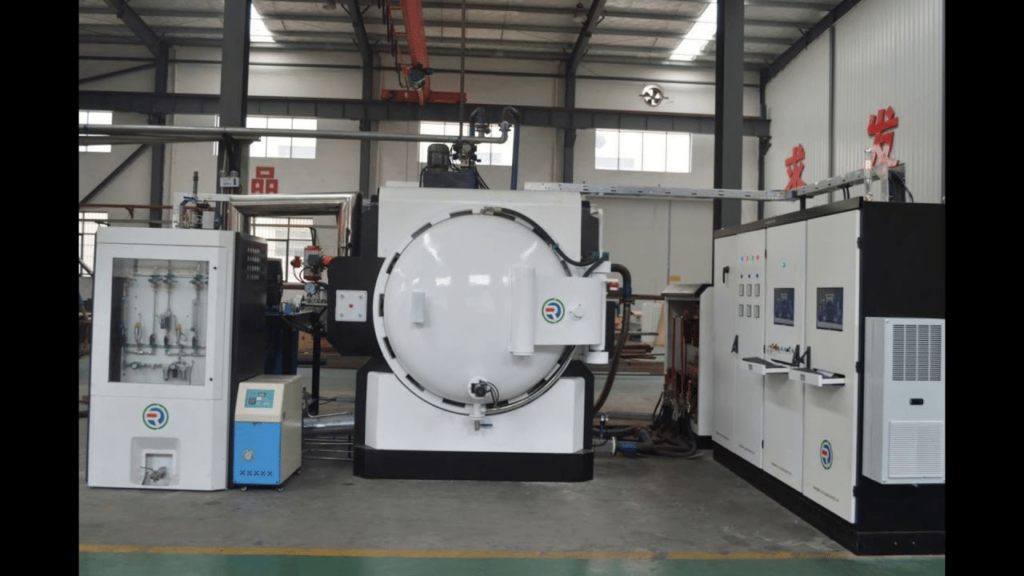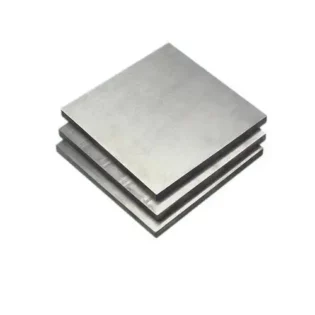Refer to our Carbide Material Index for more information on Carbide grades, Carbide Productions, and other Articles Carbide Related Articles.
As a company that has been producing cemented carbide parts for 12 years, we decided to provide more supporting information to help more people who want to know more about cemented carbide products. Through our sharing, you can probably learn more basic information about cemented carbide products and a general principle for their selection.
There are the most significant factors to be on your concern, which are:
Hardness, breakage toughness, fracture initiation toughness, fracture propagation toughness, edge fracturing toughness, wear resistance, corrosion resistance, temperature resistance, sharpness, and edge reservation.
And some factors may effecting performance of your carbide parts,
Compact techniques, Kind of binder, Cobalt content, Grain size, Mixture ways of material, Manufacturing techniques
Vital factor 1: Amount of Cobalt
We are talking about cemented carbide. This is a tungsten carbide particle combined by cobalt. Cobalt is the adhesive. The higher the cobalt content, the softer the grade and the stronger the impact resistance. If the cobalt content is less, the wear is better, but the parts are more likely to break when they are impacted. Generally speaking, when the cobalt content is the lowest, 2% cobalt and 20% cobalt at most, you get a more difficult part to break, but it will also wear faster.
More cobalt means it will be harder to break, but it will also wear faster.
In general, the higher the cobalt content, the more difficult the tungsten carbide is to be broken
The tungsten carbide used here refers to the tungsten carbide particles in the cobalt bond. Cobalt is softer than tungsten carbide particles, so the higher the cobalt content, the softer the overall material. This may or may not be related to the hardness of individual particles.
Vital factor 2: grain size
Smaller grains will produce better wear and larger grains will produce better impact resistance. Tungsten carbide with ultra-fine grains has a high hardness, while the ultra-coarse grains are most suitable for extremely severe wear and impact applications, such as cemented carbide as we call it. This is a kind of tungsten carbide particle combined with cobalt. Cobalt is the adhesive. The higher cobalt content, the softer brand and the stronger impact resistance.. Generally speaking, when the cobalt content is the lowest, up to 2% and 20% cobalt, you will get a more difficult part to break, but it will also wear faster.
More cobalt means it will be harder to break, but it will also wear faster.
In general, the higher the cobalt content, the more difficult the tungsten carbide is to be broken
The tungsten carbide used here refers to the tungsten carbide particles in the cobalt bond. Cobalt is softer than tungsten carbide particles, so the higher the cobalt content, the softer the overall material. This may or may not be related to the hardness of individual particles.

In addition, a competent tungsten carbide manufacturer can change its tungsten carbide characteristics in many ways
Nowadays, microgram and nanometer tungsten carbide have been widely used, which is right, because they work well. Tighter tungsten carbide particles mean better wear and harder tungsten carbide. Usually they wear longer, keep better edges longer, Polish better
Another noteworthy aspect is the comprehensive influence of CO content and grain size on the toughness and wear resistance of cemented carbide parts
In the early stage of cemented carbide, the content of cobalt in binder can be changed to make cemented carbide harder or harder. Cobalt is a metal, softer than cemented carbide particles, so the more cobalt, the harder the cemented carbide, the less cobalt, the harder the cemented carbide. Then people learned how to change the size of grain
Large particles make carbide harder, and small particles make carbide harder. By changing the grain size and cobalt content, you can make the carbide harder or harder.

If more cobalt is added to large particles, greater toughness will be obtained. However, there are limits to the hardness of the carbide to be made or to be made. If you get cobalt that’s too “hard,” it’s too soft. Remember, the term “tenacity” we use here is the opposite of “hardness”.
If the grain size is too large and the content of cobalt is too much, the carbide will move and deform under pressure. One of the main advantages of carbide is that it can bear pressure or compression force. If it is too soft, it will lose this ability.
What we can do is to mix cobalt% with grain size to get both hard and hard carbide, so that we can get long-term wear without fracture. With the increase of CO%, the hardness decreased and the toughness remained unchanged because of the different grain size. When the grain size and hardness decrease, the toughness of the whole alloy decreases.
Vital factor 3: electrochemical effects
If more cobalt is added to large particles, greater toughness will be obtained. However, there are limits to the hardness of the carbides to be manufactured or to be manufactured. If the cobalt you get is too hard, it’s too soft. Remember, the word “toughness” we use here is the opposite of “hardness.”.
When the grain size and cobalt content are too large, the carbide will move and deform under pressure. One of the main advantages of cemented carbide is that it can bear pressure or compression force. If it is too soft, it will lose this ability.
All we can do is to mix cobalt% with grain size to obtain hard and hard carbide, so as to obtain long-term fracture free wear. With the increase of CO%, the hardness decreases and the toughness remains unchanged due to the different grain size. When the grain size and hardness decrease, the toughness of the whole alloy decreases.
Vital factor 4: Additives to WC
Tungsten carbide, such as tantalum tungsten carbide and titanium tungsten carbide, is usually added to grades C-5 to C-8. This is partly due to problems in cutting iron-based materials such as steel, which may not have any advantages in cutting other materials. The addition of titanium carbide at high temperature can also obtain better hardness. The addition of tantalum and tungsten carbide improves the hardness, but reduces the strength and wear resistance.
Vital factor 5: manufacture methods

Hot isostatic pressing (hip) sintering is a basic technology for forming and thermal stability of cermet and cemented carbide products. Usually, tungsten carbide is punched in a die, and the pressure is all from the stamping direction. Hip is a method of uniformly applying pressure from all sides of tungsten carbide.









